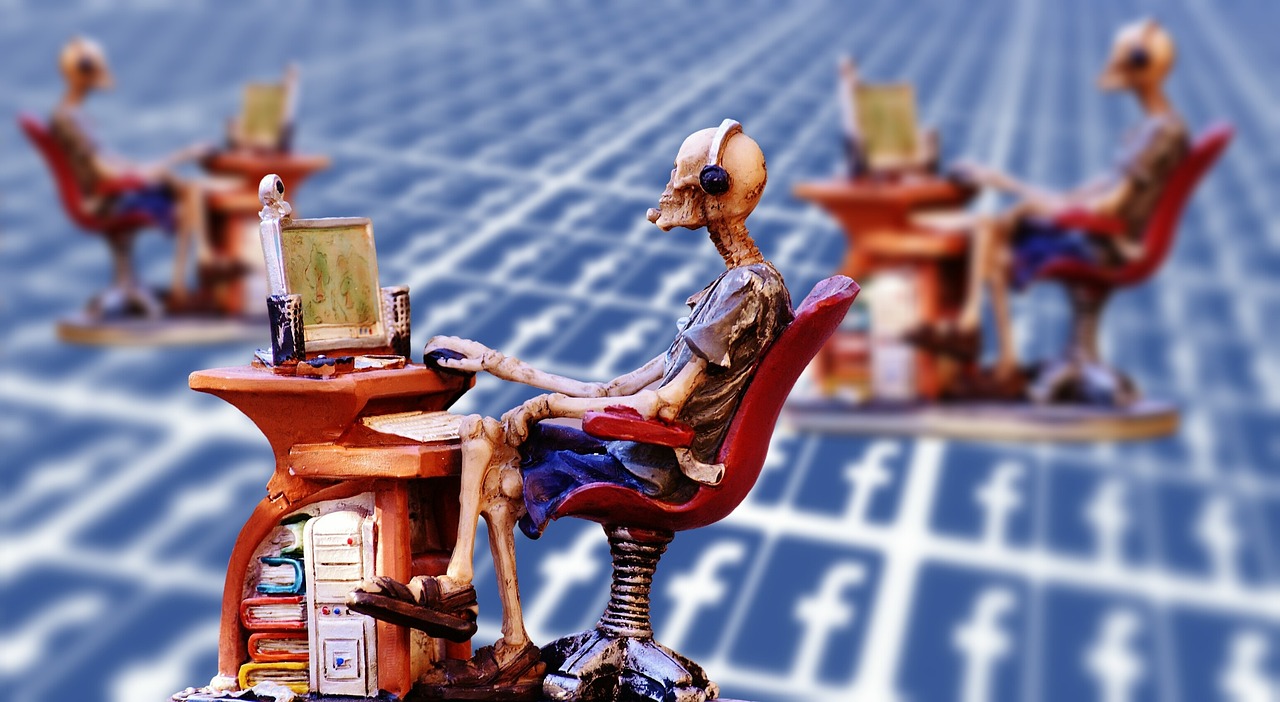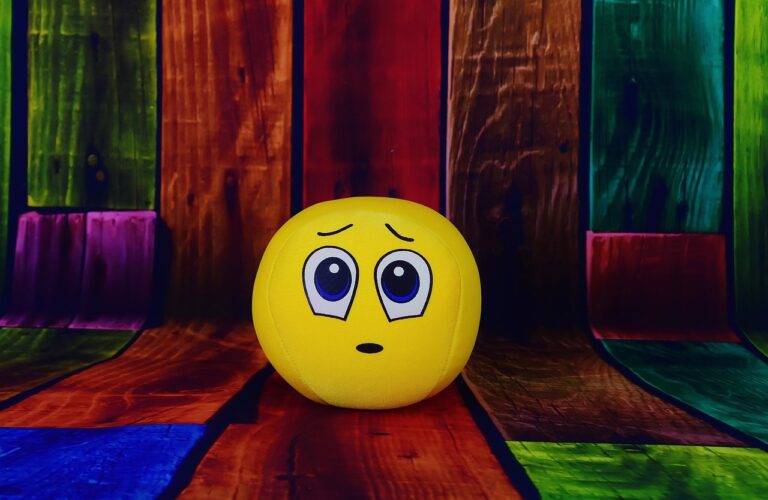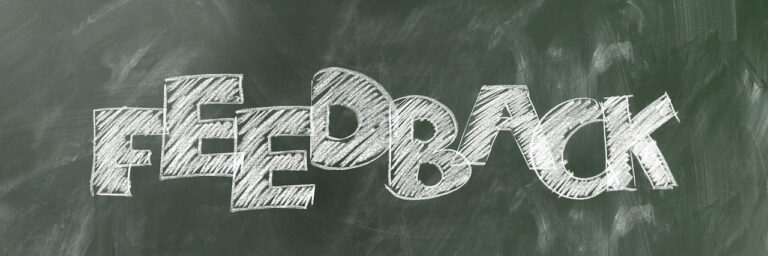The Role of Storyboarding in Visual Media Production
One of the key advantages of utilizing storyboarding in visual media production is the ability to visually map out the sequence of events and shots before the actual filming takes place. This process allows for a clear visualization of how the final product will look, making it easier to identify any potential issues or gaps in the story early on in the production process. By providing a visual representation of each scene, storyboard artists and directors can effectively communicate their vision to the entire production team, ensuring that everyone is on the same page and working towards the same goal.
Additionally, storyboarding helps streamline the production process by creating a roadmap for the filming and editing stages. With a well-crafted storyboard in hand, filmmakers can efficiently plan out the necessary camera angles, lighting setups, and visual effects needed to bring their vision to life. This level of preparation not only saves time and money during production but also contributes to a more cohesive and visually engaging final product. Ultimately, the utilization of storyboarding in visual media production enhances communication, creativity, and overall efficiency within the filmmaking process.
The Process of Storyboarding
Storyboarding is a crucial step in visual media production where a sequence of images is laid out to represent the flow of a story. The process typically begins by reviewing the script or narrative to identify key scenes that need to be visualized. Once the scenes are determined, rough sketches are created to visualize the composition and action within each frame.
The next phase involves organizing these sketches in a sequential order to illustrate the progression of the story. This sequential layout helps in determining the pacing, transitions, and overall visual coherence of the final product. Storyboarding allows filmmakers, animators, and other creatives to visualize their ideas, make necessary adjustments, and communicate their vision effectively to the production team.
Key Elements of a Storyboard
Storyboarding is a critical step in the visual media production process, allowing filmmakers and creatives to plan and visualize their ideas before actual production begins. Key elements of a storyboard include rough sketches or drawings that outline the sequence of shots, camera angles, and framing for each scene. These visual representations help to communicate the director’s vision and guide the production team in bringing the story to life effectively.
In addition to sketches, storyboards also incorporate written annotations or instructions that provide details on dialogue, actions, and any other important information essential for understanding the sequence of events in the script. This combination of visual and written elements is crucial in ensuring clear communication and collaboration among all team members involved in the production process. By including these key elements in a storyboard, filmmakers can streamline the production process, saving time and resources while maintaining a cohesive and coherent visual narrative.
• Storyboarding is a critical step in visual media production
• Key elements include rough sketches outlining shots, angles, and framing
• Visual representations help communicate director’s vision effectively
• Storyboards also incorporate written annotations for dialogue and actions
• Clear communication and collaboration among team members is crucial
• Including key elements streamlines production process and saves time/resources
Why is storyboarding important in visual media production?
Storyboarding helps visualize the sequence of events in a project, ensuring clear communication between team members and helping identify any potential issues before production begins.
What is the process of storyboarding?
The process of storyboarding involves creating a series of drawings or images that represent the key moments in a project, such as camera angles, character actions, and dialogue.
What are the key elements of a storyboard?
The key elements of a storyboard include visual representations of scenes, shot compositions, camera movements, dialogue, and notes on transitions or special effects.
How can storyboarding benefit a production team?
Storyboarding can help streamline the production process, improve communication between team members, and ensure that everyone is on the same page when it comes to the vision for the project.
Can storyboarding be used in different types of visual media production?
Yes, storyboarding can be used in a variety of visual media productions, including films, TV shows, commercials, animations, and video games.







